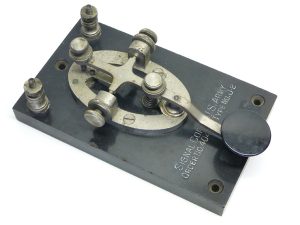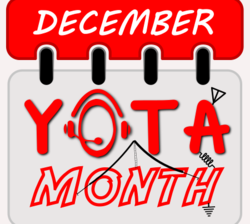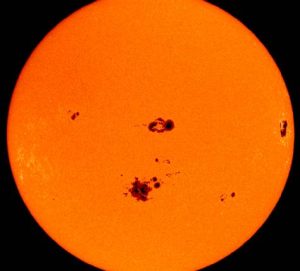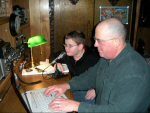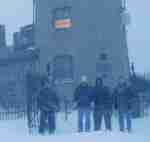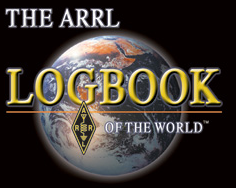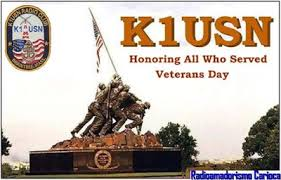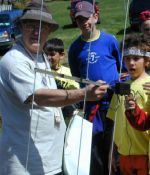Area Radio Clubs QRV for Winter Field Day, January 25-26, 2020
 Several area radio clubs have explored plans, or indicated they will participate in the upcoming annual Winter Field Day exercise, January 25-26, 2020.
Several area radio clubs have explored plans, or indicated they will participate in the upcoming annual Winter Field Day exercise, January 25-26, 2020.
The New England Sci-Tech Amateur Radio Society Amateur Radio Society (STARS) will operate in the event on Saturday, January 25, 2020 from 2 PM to 10 PM. “Open to all licensed amateur radio operators worldwide, Winter Field Day is both a contest and a practice exercise of radio skills. There are hardy individuals who brave the snow and cold and get more points. We will stay warm and take a points loss but still have fun! Non-licensed adults and children can get on the air with one of our control operators. The contest runs 2 pm Saturday to 2 pm Sunday, but we plan to operate publicly only until 10 pm Saturday. Properly licensed radio operators are welcome to continue on their own through the night and into Sunday.”
PART of Westford plans to conduct a Winter Field Day effort led by W1BP at the Westford Sportsmen’s Club on West Street.
The Falmouth Amateur Radio Association discussed the possibility of a club effort in Winter Field Day at a recent monthly meeting. It’s not known whether FARA will actually participate in the event.
The Winter Field Day event is sponsored by the Winter Field Day Association (WFDA) is a dedicated group of Amateur Radio Operators who believe that emergency communications in a winter environment is just as important as the preparations and practice that is done each summer but with some additional unique operational concerns.

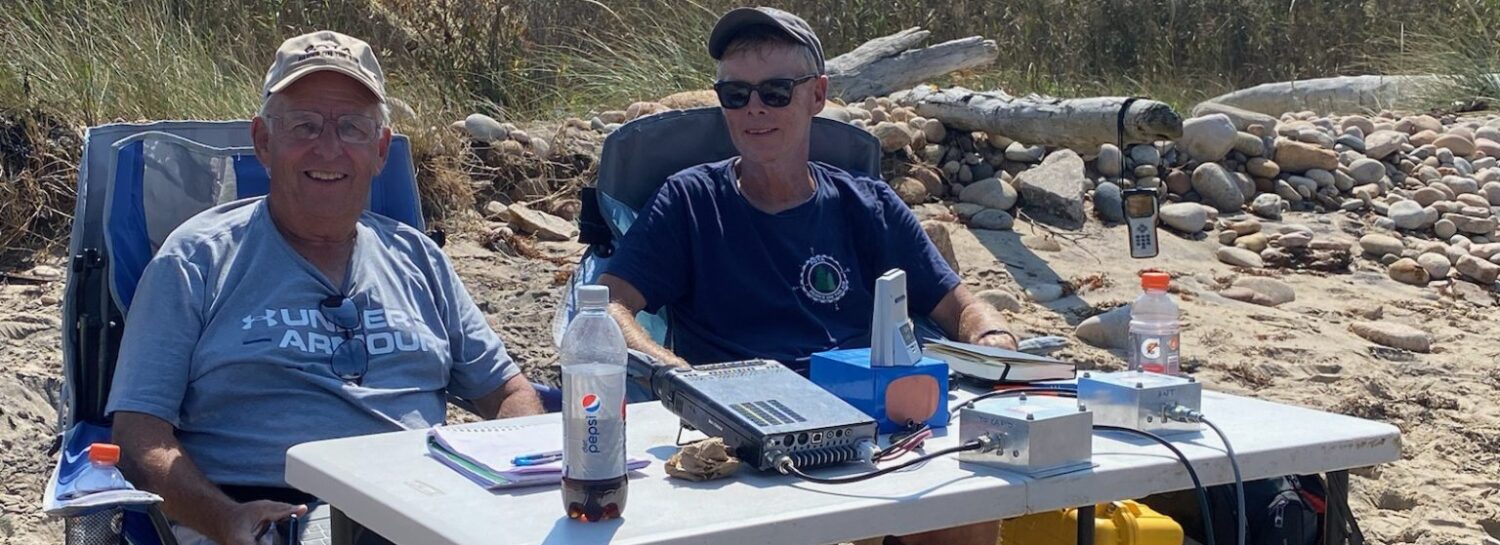
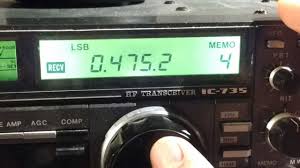 Les Peters, N1SV, writes on the YCCC list:
Les Peters, N1SV, writes on the YCCC list: